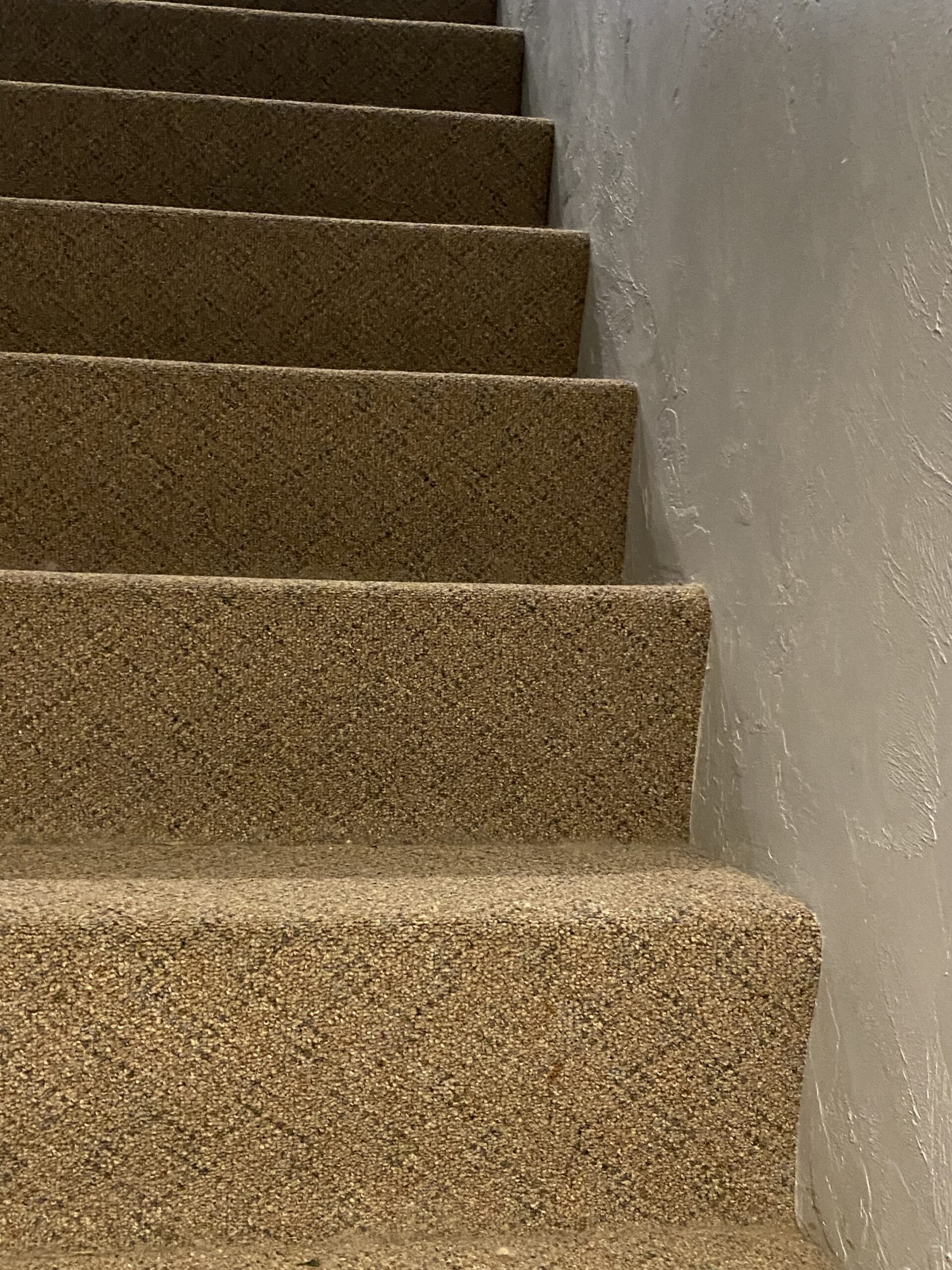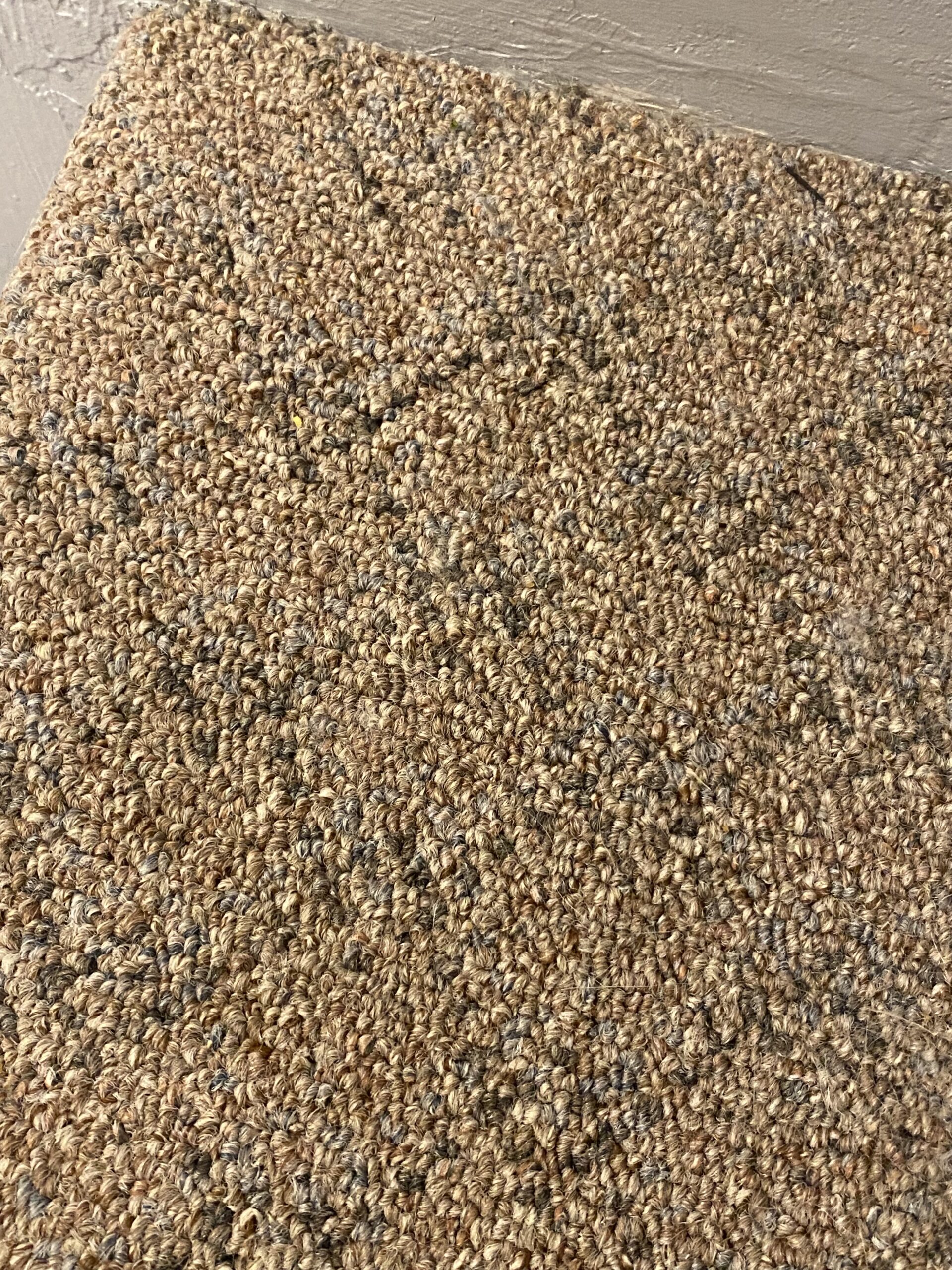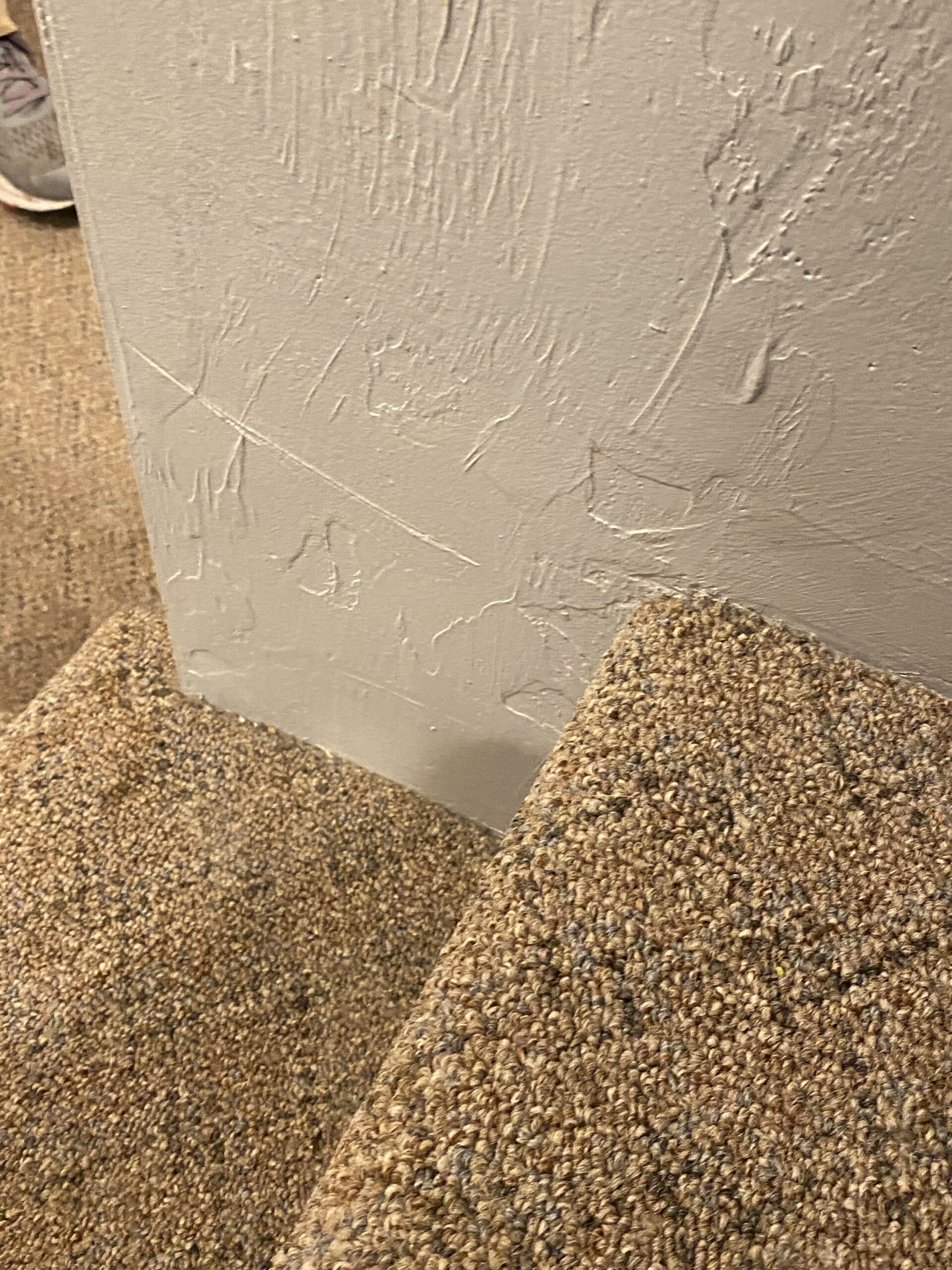Is there Lead in your vintage synthetic carpet? How do you know if your carpet has Lead?!




Carpet from 1997-2000 … approx. 800 ppm Lead. This is in a home built in 1997 (but the homeowners reported that it was not installed until some time after the home was built). A reading of 90 ppm and up is unsafe for kids.
Carpets with Lead levels like this can create Lead dust due to aging and wear.
This sort of concern is overlooked by most home inspectors as a possible exposure source — due to the fact that the level of Lead in this type of hazard is below the threshold of detection of the type of XRF instruments used by most home inspectors, which were designed to identify (the ultra-high levels found in) Lead-based paint.
To my knowledge, I may be the only person who has done any testing in this area (the only person who has identified vintage carpet [1980s-1990s] as a possible Lead-exposure source for young children). No one appears to be researching this concern. In my work, I have identified at least two children who were poisoned by carpet like this — often found in basement playrooms of newer construction homes. At this point, I have not been able to find anything that positively indicates a “year after which they stopped using Lead to manufacture synthetic carpet.”
If you have vintage carpet (20+ years old) in your home, please consider doing dust-wipe sampling of the surface to rule out potential Lead dust exposure (one reason I always recommend AGAINST having carpeting in a home — as a rule, across the board).
I will be writing an article with more information about this on www.LeadSafeMama.com; please subscribe to the Lead Safe Mama newsletter to be among the first to be alerted when that article is published. The link to subscribe (it’s free!) is in my Instagram bio — and when we reach 8,000 subscribers we will be giving away an organic mattress from Naturepedic worth up to $3,000 to one active subscriber on our e-mail list, chosen at random!
If you are curious about your vintage synthetic carpet, I can also accept a carpet sample for testing and reporting here on the website, just please e-mail me (TamaraRubin@mac.com) if you are interested in participating in this work/exploration/ inquiry in this way — put “carpet” in the subject line (cost will be $50.00 per sample tested).
Thanks for being here! And please don’t forget to subscribe!
For those new to this website:
Tamara Rubin is a multiple-Federal-award-winning independent advocate for childhood Lead poisoning prevention and consumer goods safety, and a documentary filmmaker. She is also a mother of Lead-poisoned children (two of her sons were acutely Lead-poisoned in 2005). Since 2009, Tamara has been using XRF technology (a scientific method used by the U.S. Consumer Product Safety Commission) to test consumer goods for toxicants (specifically heavy metals — including Lead, Cadmium, Mercury, Antimony, and Arsenic). All test results reported on this website are science-based, accurate, and replicable. Items are tested multiple times to confirm the test results for each component tested. Tamara’s work was featured in Consumer Reports Magazine in February of 2023 (March 2023 print edition).
Never Miss an Important Article Again!
Join our Email List











Wow! Great job reporting this find! You are really something else leaving no stone unturned! IMAGINE lead even in carpet! I knew there were allergens and all kinds of chemicals relating to synthetic fibers that were horrible, but even lead too in the mix. That’s why I prefer wood floors with some type of non-toxic sealer. I HATE CARPET. Now I realize it hates me too. Great post! Thank you for your thorough revolutionary research!
Thank you!
Wow. This is really awful!
I was thinking about getting a persian rug, thinking I’d buy one from Afghanistan and support traditional weavers there. And then something in the back of my mind told me to google when they stopped using leaded gasoline. Turns out it was around TWENTY FIFTEEN!!! And 55% of Afghan refugee children have elevated blood Pb levels!
OMFG does it never end?!
Thank you, Tamara. You do such AMAZING work to get the word out and try to raise consciousness on this incredibly important issue.
I am very uneasy with the efforts to recycle and toxins ending up right back into our new/modern products. I’ve watched factories that take post-consumer goods (trash that could be filled with leaded paint dust from construction projects etc) and upcycle the materials into new goods/fiber. Though I applaud the efforts to be less wasteful, I don’t understand how they are able to truly wash these awful toxins out of the trash products. I am guessing lead and other toxicants will show up in the next few years, as this is increasing in popularity…in our clothing, carpets, etc. They likely get around ‘worrying’ about the heavy metals since they aren’t ‘adding’ the toxins into the mix, per se, but I highly doubt they are regularly testing the finished products/upcyled materials for anything.
One example:
https://www.econyl.com/blog/old-carpets-destined-for-landfills/